The sound of cascading water has drawn hikers to remote corners of the world for generations. There’s something primal about following a stream upstream, knowing that around the next bend or over the next ridge, you’ll discover water plunging from heights that took millions of years to carve.
These waterfall hikes span every continent except Antarctica, offering everything from gentle family walks to challenging multi-day treks. Here is a list of 17 best waterfall hikes that showcase some of the planet’s most spectacular cascades.
Angel Falls Trek, Venezuela (South America)
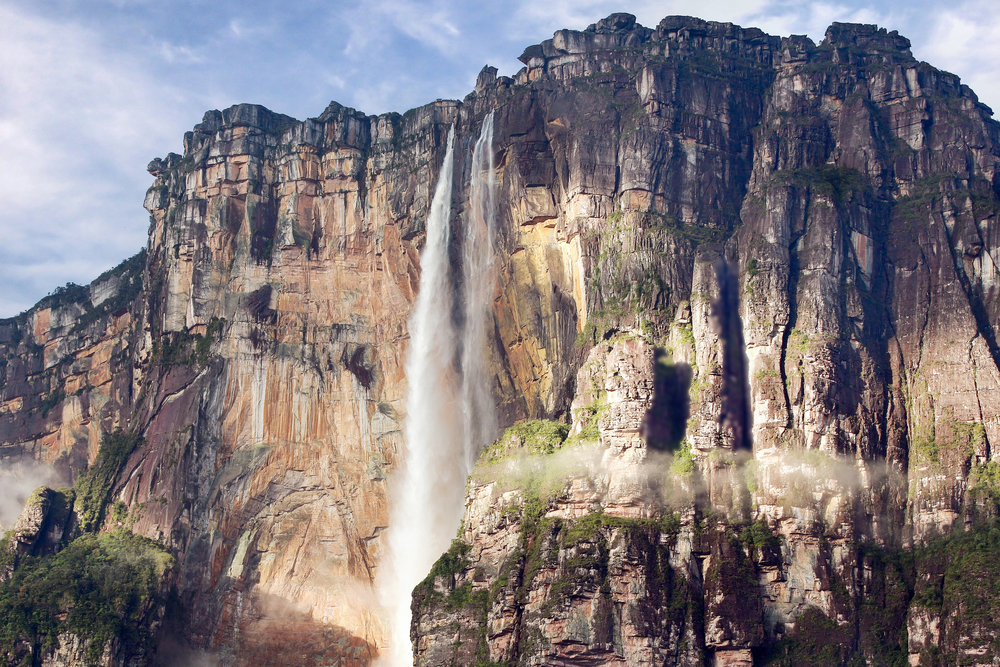
The world’s tallest uninterrupted waterfall drops 3,212 feet from the tepuis of Canaima National Park, requiring a multi-day expedition through pristine Amazon wilderness. The journey begins with flights in small aircraft, followed by canoe trips up the Churun River when water levels permit.
Base camps provide staging areas for the final approach hike through dense jungle terrain. The falls appear suddenly through the canopy, creating a moment that justifies every challenging step of this remote adventure.
Multnomah Falls Trail, Oregon (North America)
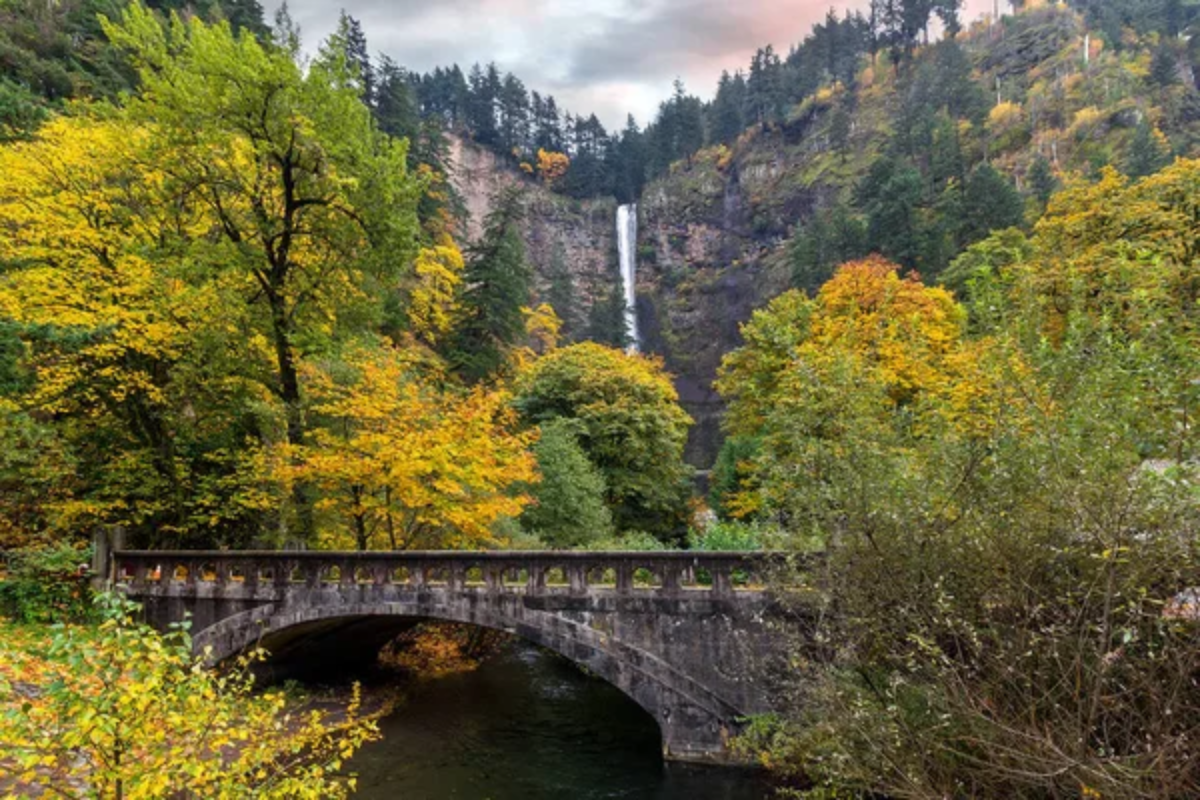
This iconic Pacific Northwest cascade drops 620 feet in two distinct tiers, accessible via a paved trail that leads to a bridge spanning the lower falls. The 2.4-mile round-trip hike climbs steadily through old-growth forests to reach the top of the falls.
Columbia River Gorge’s unique climate creates conditions where waterfalls flow year-round, though spring snowmelt provides the most dramatic displays. The trail’s accessibility makes it Oregon’s most visited natural attraction, yet the beauty remains undiminished by popularity.
Like Travel Pug’s content? Follow us on MSN.
Victoria Falls Trail, Zambia/Zimbabwe (Africa)
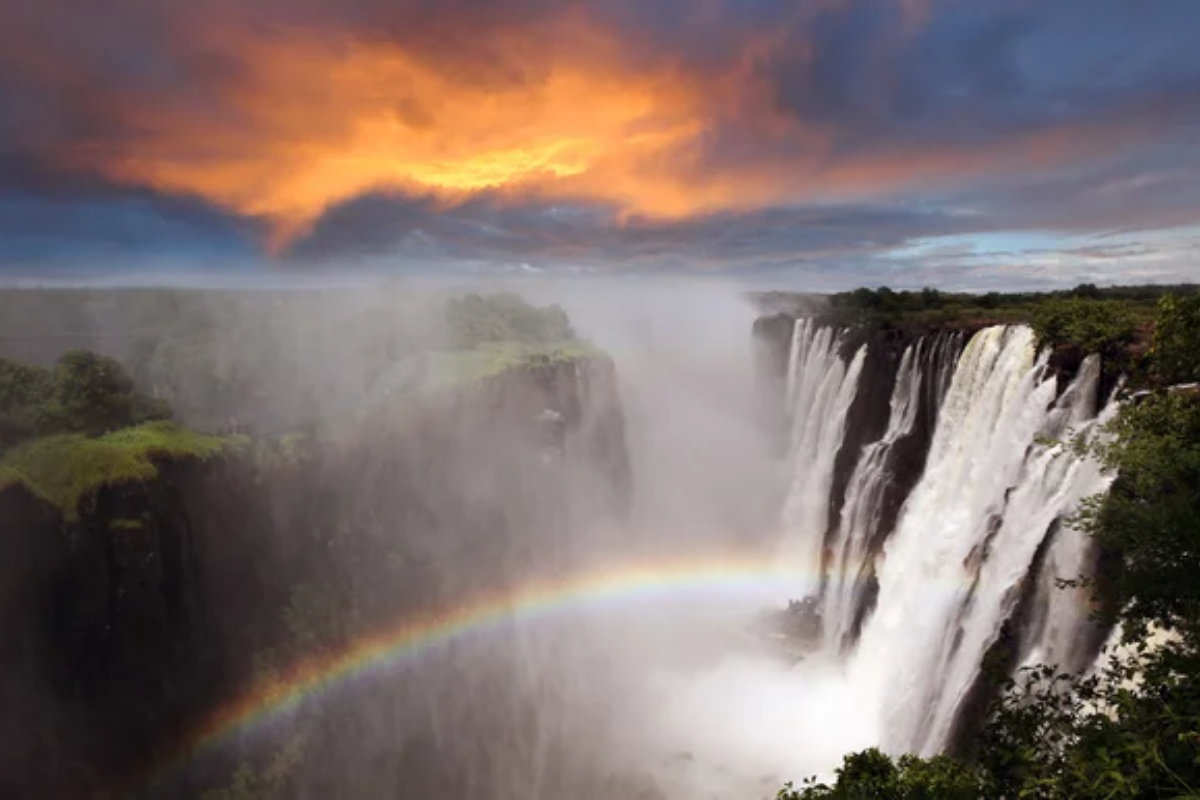
Known locally as Mosi-oa-Tunya or ‘The Smoke That Thunders,’ this massive waterfall spans nearly a mile wide as the Zambezi River plunges 355 feet into a narrow gorge. Trail systems on both the Zambian and Zimbabwean sides offer different perspectives of the falls throughout the year.
The dry season reveals the full rock face, while the wet season creates a towering mist that can be visible from 12 miles away. The constant mist supports a unique rainforest ecosystem in the surrounding semi-arid landscape.
Dettifoss Trail, Iceland (Europe)
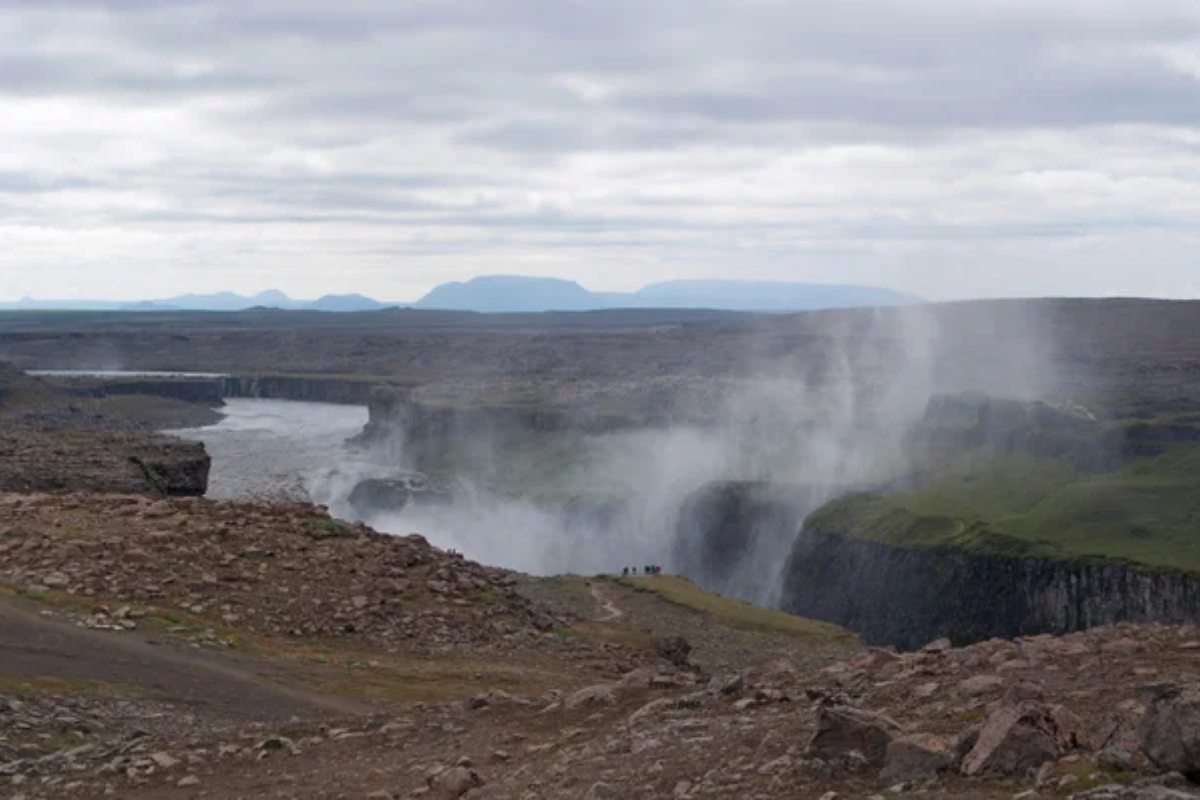
Europe’s most powerful waterfall thunders 144 feet down into Jökulsárgljúfur canyon, carrying glacial runoff from Vatnajökull glacier with tremendous force. The relatively short hike from the parking area crosses a barren volcanic landscape that feels more lunar than terrestrial.
Spray from the falls creates rainbow displays on sunny days, while the raw power of 26,400 cubic feet per second creates a rumble you can feel underfoot. The setting sun transforms the glacial water into liquid gold as it plunges into the rocky gorge.
Sekumpul Falls Trek, Bali (Asia)
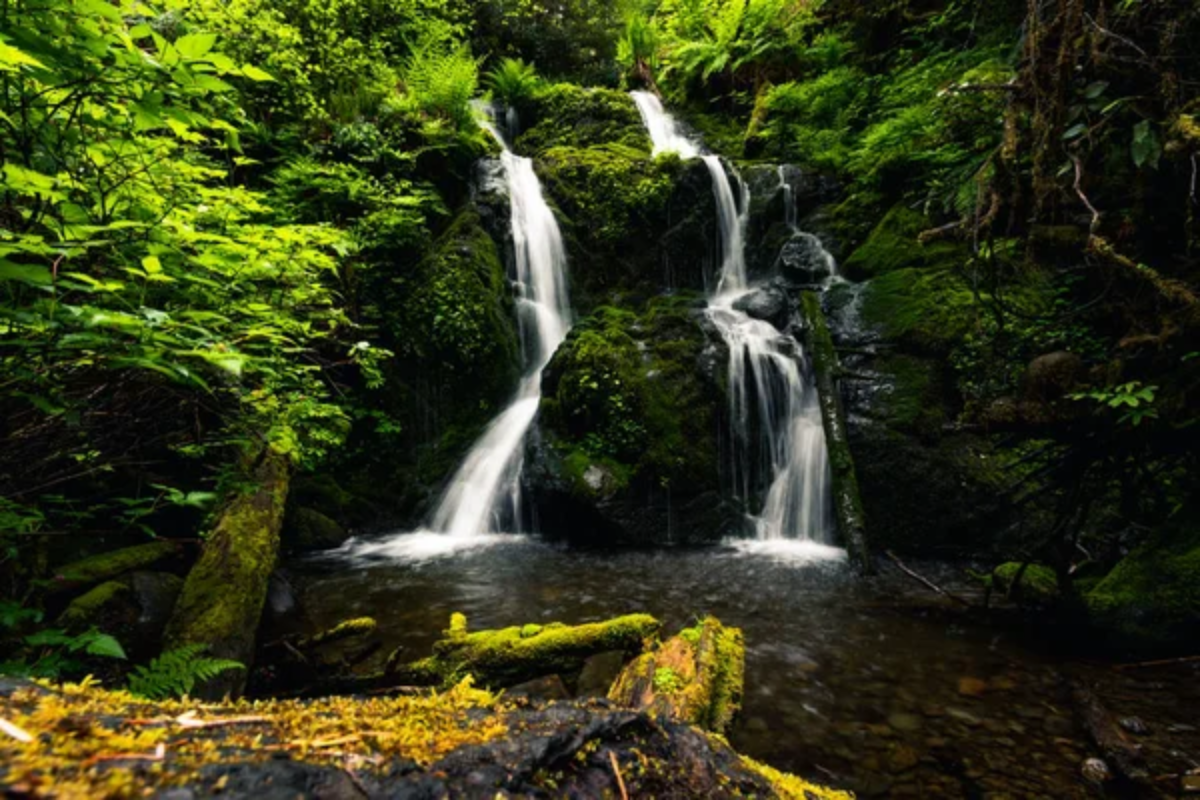
Seven distinct waterfalls cascade down a jungle-covered cliff face in northern Bali, requiring a moderately challenging hike through rice terraces and tropical forests. The trail descends steeply through local villages before entering a dense jungle where multiple streams converge.
Local guides prove essential for navigating the sometimes unclear paths and river crossings. The falls remain relatively unknown to most tourists, providing an authentic Balinese jungle experience without crowds.
Like Travel Pug’s content? Follow us on MSN.
Blue Mountains Three Sisters to Katoomba Falls, Australia (Australia/Oceania)

This scenic trail connects the iconic Three Sisters rock formation with Katoomba Falls through eucalyptus forest and ferny gullies typical of the Blue Mountains. The 3.1-mile circuit includes steep sections with stairs and boardwalks that navigate the sandstone cliff terrain.
During winter months, the falls flow more consistently, while autumn brings cooler temperatures ideal for hiking. Views from various lookouts encompass the Jamison Valley, and distant mountain ranges that extend to the horizon.
Kaieteur Falls Expedition, Guyana (South America)
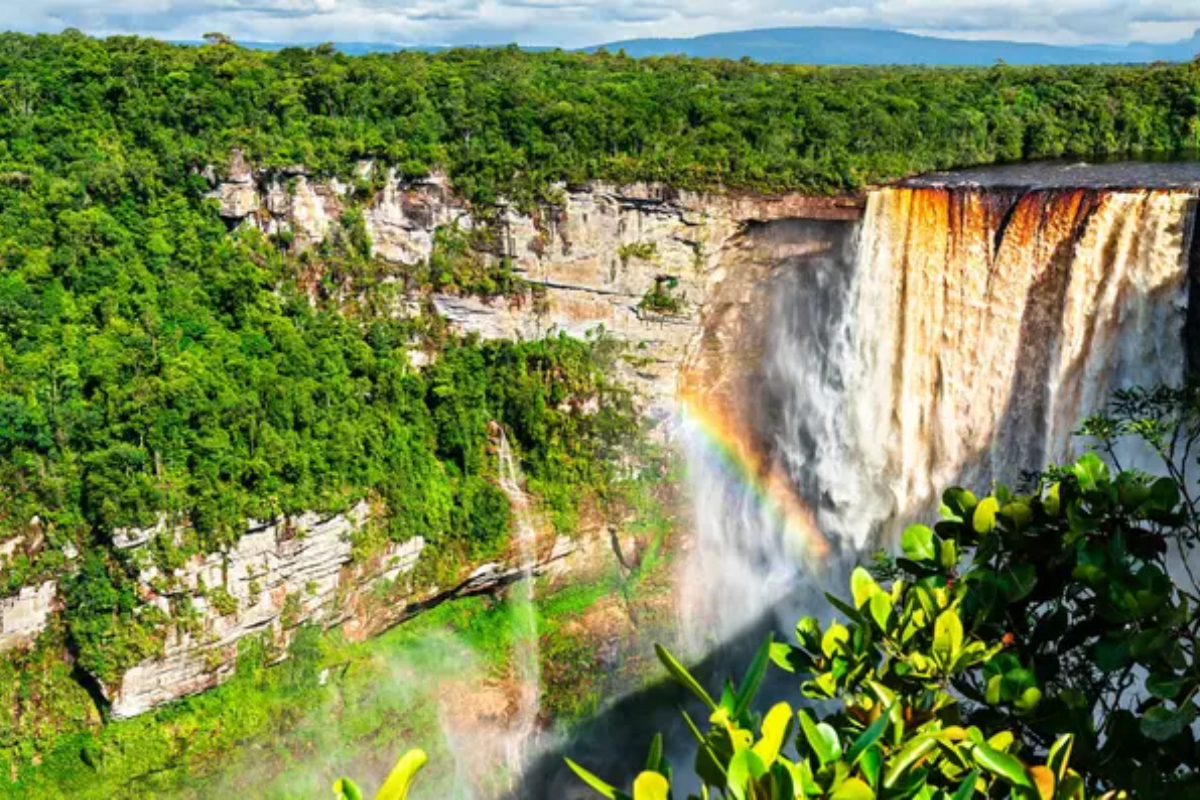
This single-drop waterfall plunges 741 feet from the Potaro River, making it one of the world’s largest waterfalls by the volume of water flowing over it. Access requires chartered flights to a remote airstrip followed by short jungle walks to multiple viewpoints.
The falls sit within a pristine rainforest that harbors species found nowhere else on Earth, including golden poison frogs and cock-of-the-rock birds. The remote location means visitors often have this spectacular cascade entirely to themselves.
Havasu Falls Hike, Arizona (North America)
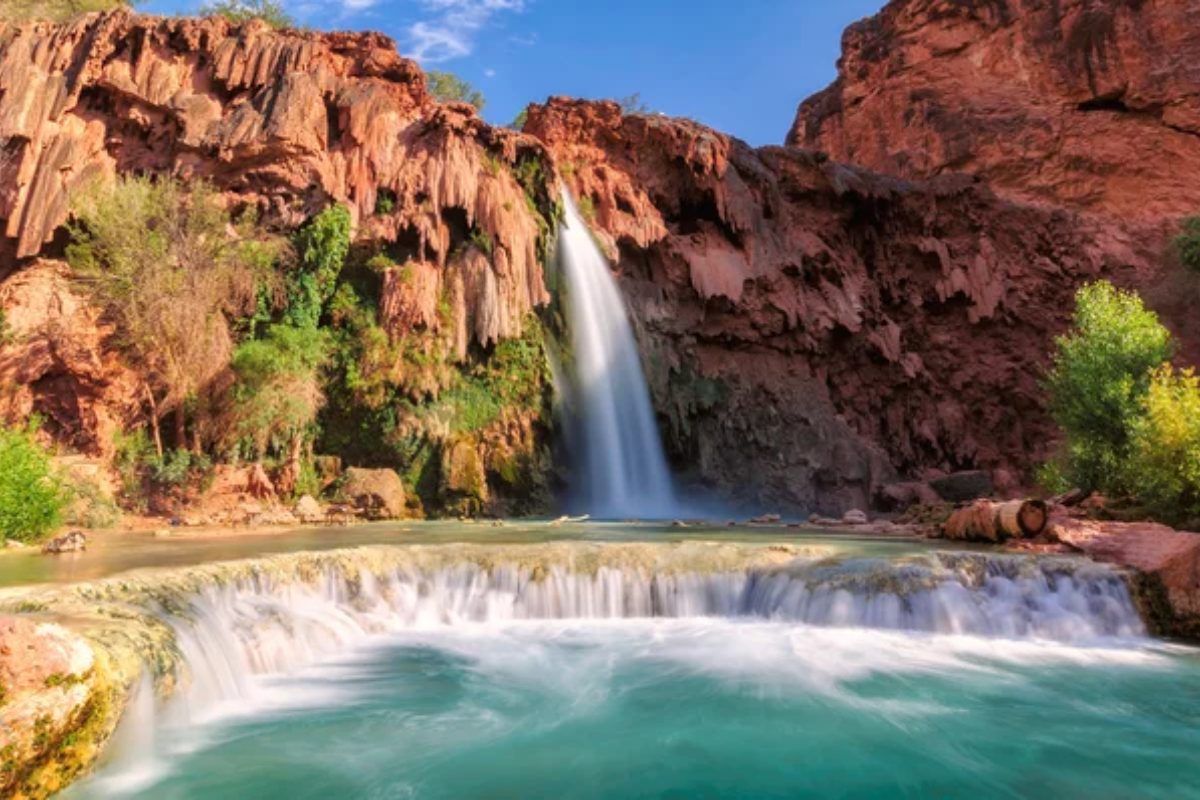
These turquoise pools and cascades flow through the red rock desert in a hidden paradise within the Grand Canyon system. The 8-mile hike to the falls requires reservations and camping permits for the Havasupai tribal lands.
Brilliant blue-green water contrasts dramatically with red sandstone walls, creating one of the most photographed waterfalls in America. The mineral-rich water that creates the distinctive color also builds travertine dams that form the pools below each cascade.
Like Travel Pug’s content? Follow us on MSN.
Iguazu Falls Trail System, Argentina/Brazil (South America)
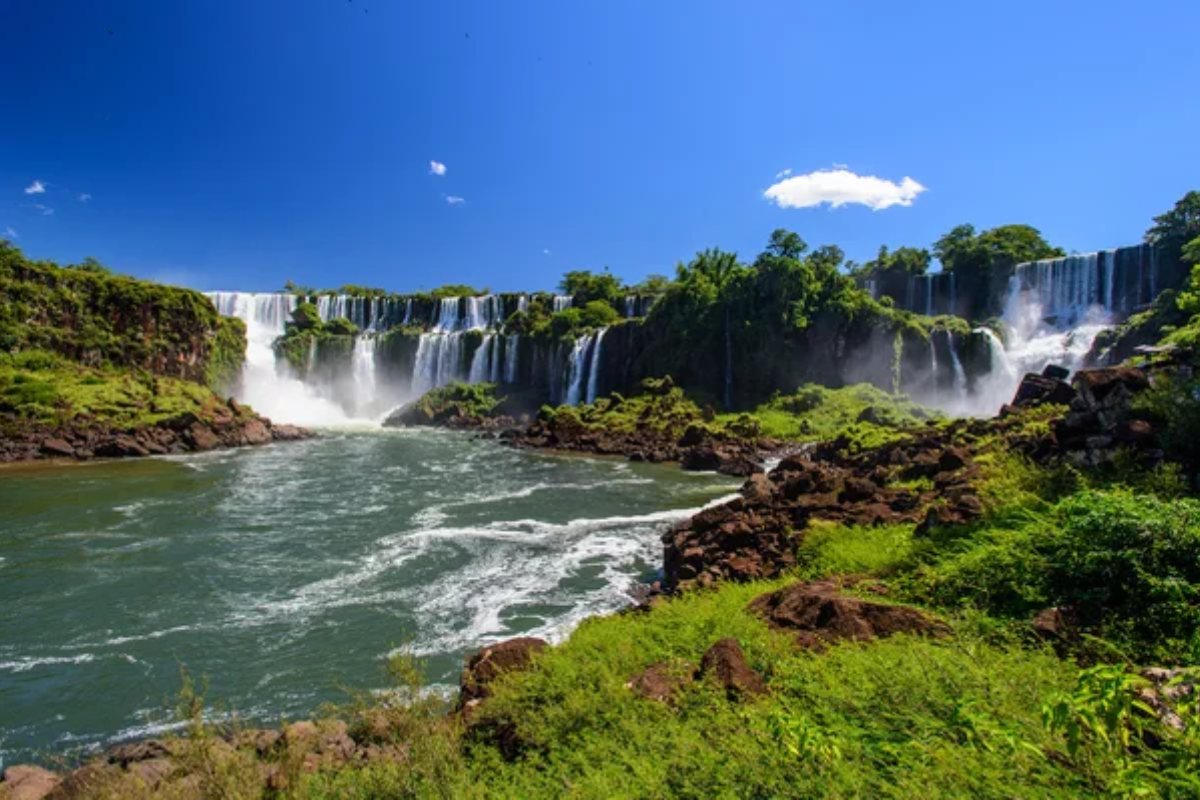
This network of trails provides access to 275 individual waterfalls that span nearly two miles along the border between Argentina and Brazil. The Argentine side offers close-up views and boat rides to the base of the falls, while the Brazilian side provides panoramic perspectives.
The Garganta del Diablo, or Devil’s Throat, represents the most dramatic section, where water thunders into a horseshoe-shaped chasm. The subtropical rainforest surrounding the falls harbors jaguars, toucans, and thousands of butterfly species.
Gullfoss Trail, Iceland (Europe)
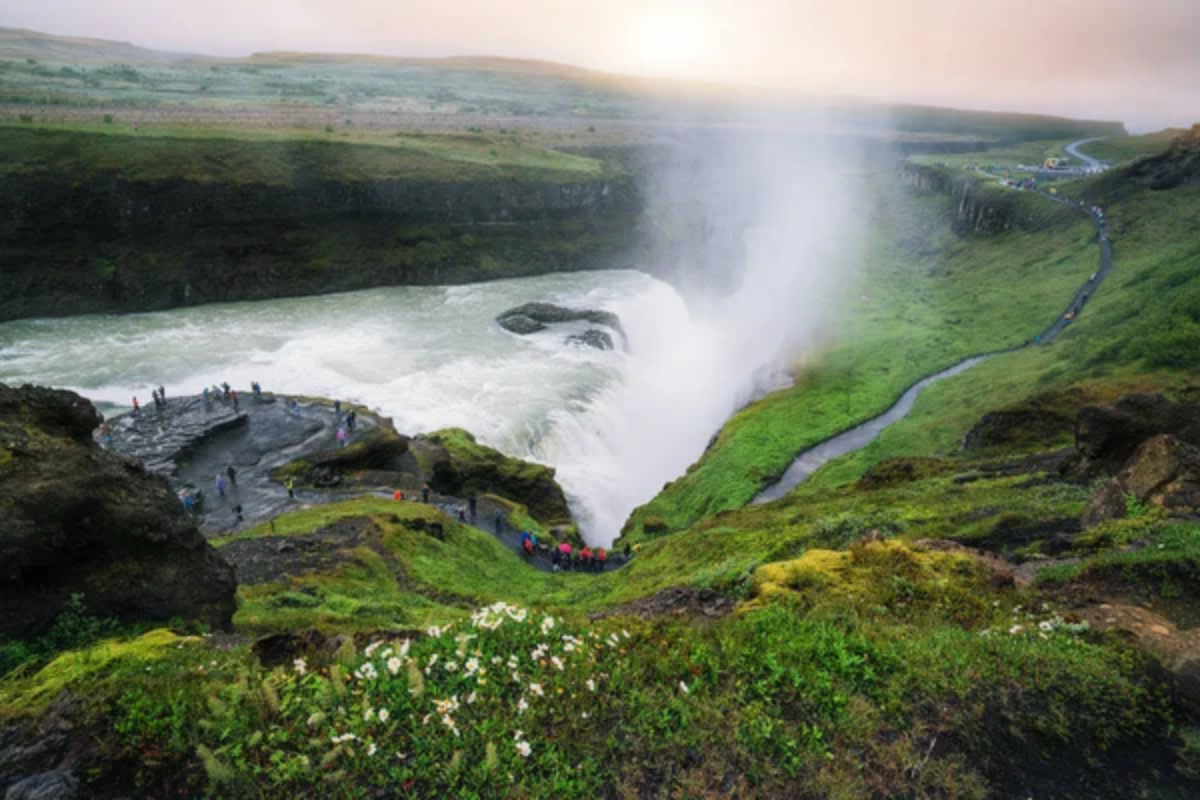
The ‘Golden Falls drops 105 feet in two stages down the Hvítá River, with trails offering multiple viewpoints of this powerful cascade. The short walk from the visitor center provides easy access, while longer trails lead to the top of the falls for more adventurous perspectives.
During winter, ice formations partially freeze the falls, while summer brings midnight sun that allows 24-hour photography opportunities. The surrounding landscape showcases Iceland’s raw volcanic beauty with minimal vegetation and dramatic rock formations.
Yosemite Falls Trail, California (North America)
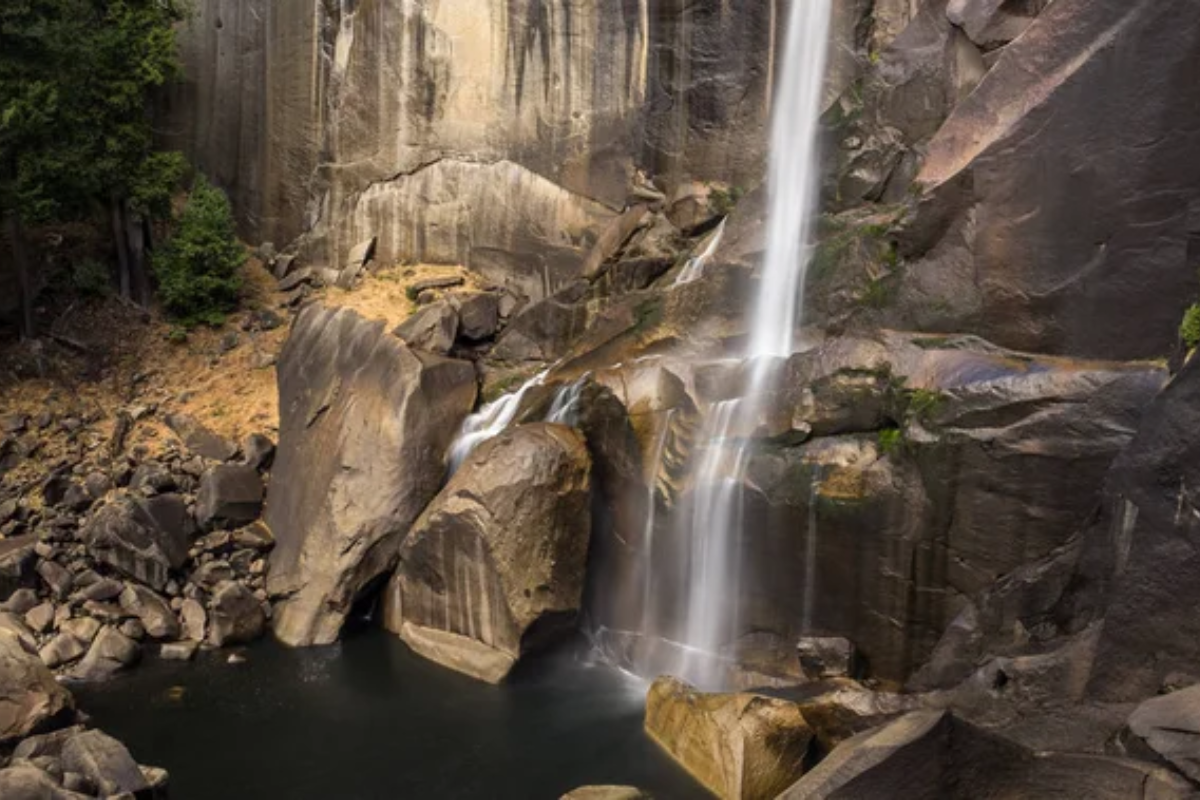
This strenuous 7.2-mile round-trip climb gains 2,700 feet of elevation to reach the top of North America’s tallest waterfall at 2,425 feet. The trail switchbacks up granite cliffs through diverse ecosystems from the valley floor to alpine conditions.
Spring snowmelt creates the most dramatic flow, while late summer often reduces the falls to a trickle. Views from the top encompass the entire Yosemite Valley, including Half Dome, El Capitan, and the Sierra Nevada high country.
Like Travel Pug’s content? Follow us on MSN.
Plitvice Lakes Waterfalls, Croatia (Europe)
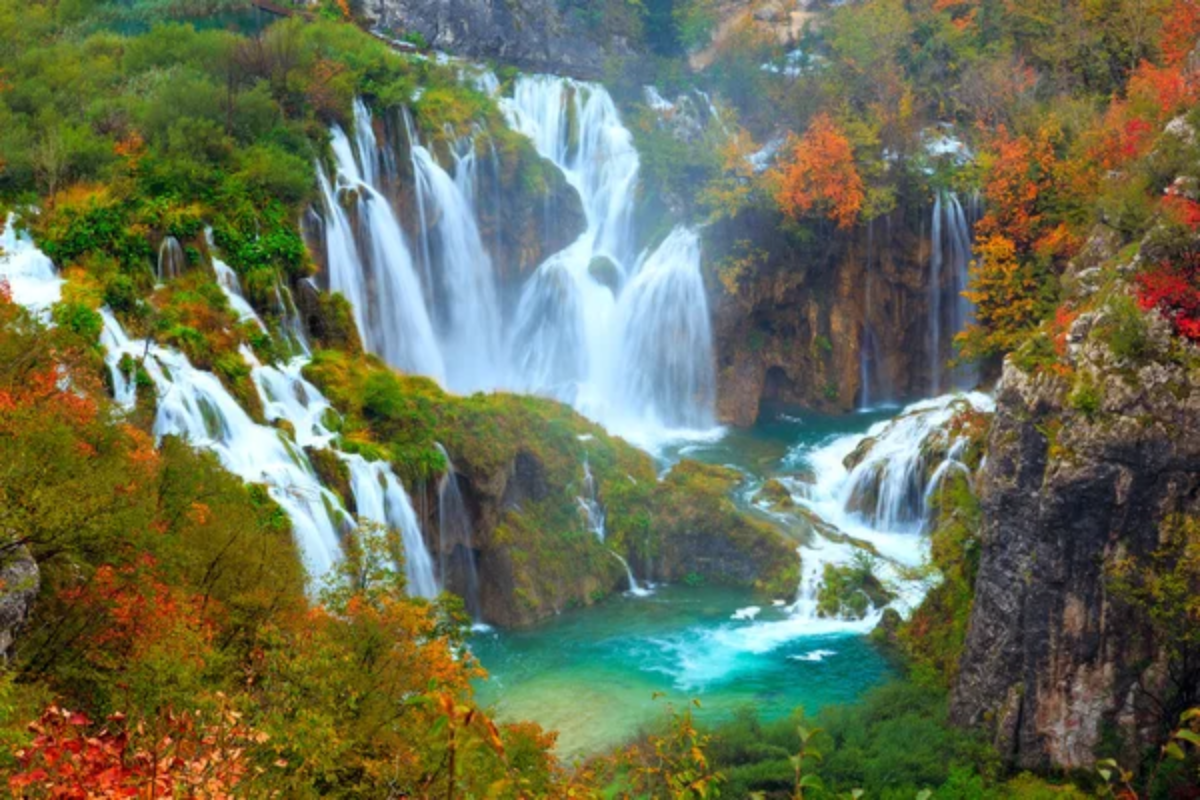
This UNESCO World Heritage Site features 16 terraced lakes connected by waterfalls and cascades that flow through ancient limestone formations. Wooden boardwalks allow visitors to walk directly over and beside the flowing water without damaging the delicate travertine formations.
The lakes’ colors range from azure to green to gray, depending on mineral content and algae populations. Each season brings different beauty, from ice formations in winter to wildflowers in spring and brilliant fall foliage reflected in the still waters.
Jog Falls Trek, India (Asia)
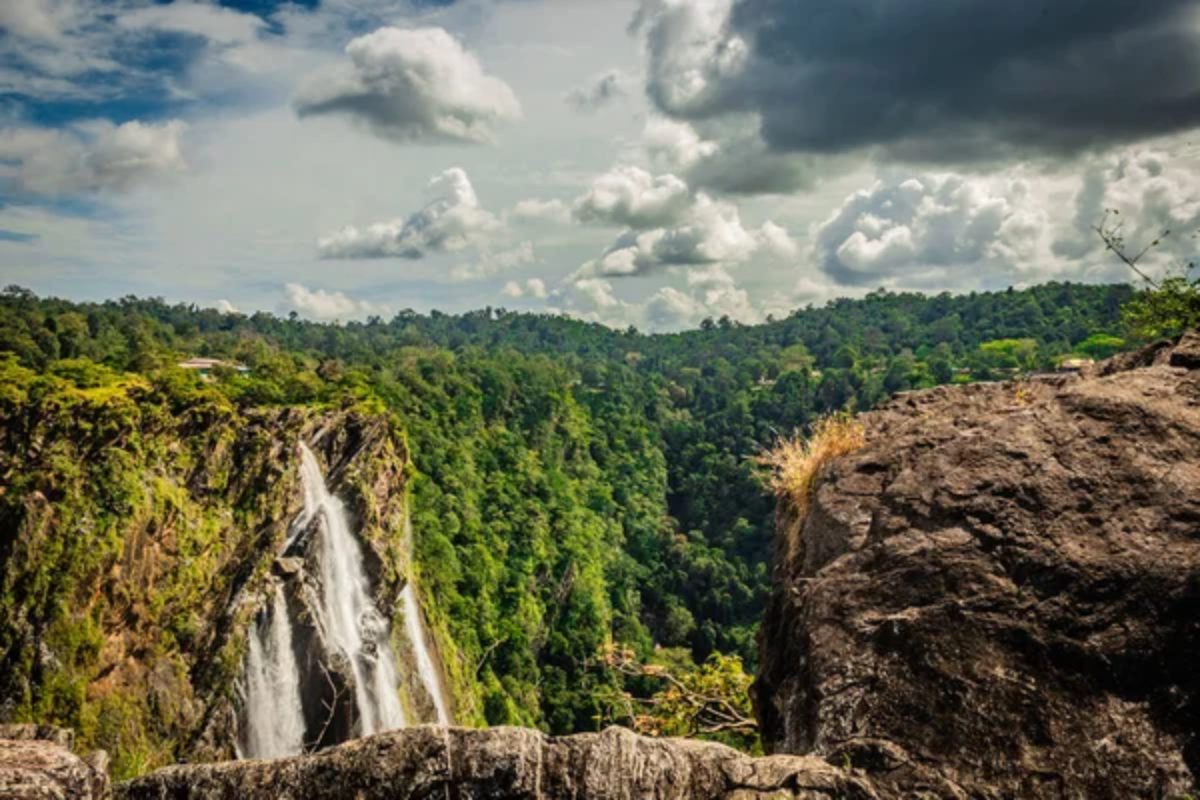
India’s second-highest plunge waterfall drops 830 feet during the monsoon season, when the Sharavathi River carries maximum water from the Western Ghats. The relatively easy hike to the viewpoints reveals four distinct segments of the falls named Raja, Rani, Rover, and Rocket, based on their characteristics.
Monsoon months from June to September provide the most spectacular displays, while the dry season reduces the falls to mere trickles. The surrounding forests harbor diverse wildlife, including elephants, tigers, and hundreds of bird species.
Reichenbach Falls, Switzerland (Europe)

Made famous by Arthur Conan Doyle as the site of Sherlock Holmes’ apparent death, these falls plunge 820 feet down a series of rocky steps in the Bernese Oberland. A funicular railway provides access to viewing platforms, while hiking trails offer more adventurous approaches through Alpine meadows.
The falls flow most dramatically during spring snowmelt, though they remain impressive throughout the hiking season. Views from the top encompass the Aare Valley and surrounding peaks that inspired countless writers and artists.
Like Travel Pug’s content? Follow us on MSN.
Niagara Falls Trail System, New York/Ontario (North America)

Though heavily developed, trail systems on both sides of the border provide access to one of the world’s most famous waterfalls from multiple perspectives. The American Falls and Bridal Veil Falls offer closer viewing, while Horseshoe Falls on the Canadian side provides the most dramatic displays.
The Cave of the Winds tour allows hikers to experience the falls’ power from within the spray zone. Despite the crowds and commercialization, the raw power of 6 million cubic feet of water per minute remains genuinely awe-inspiring.
Sutherland Falls, New Zealand (Australia/Oceania)
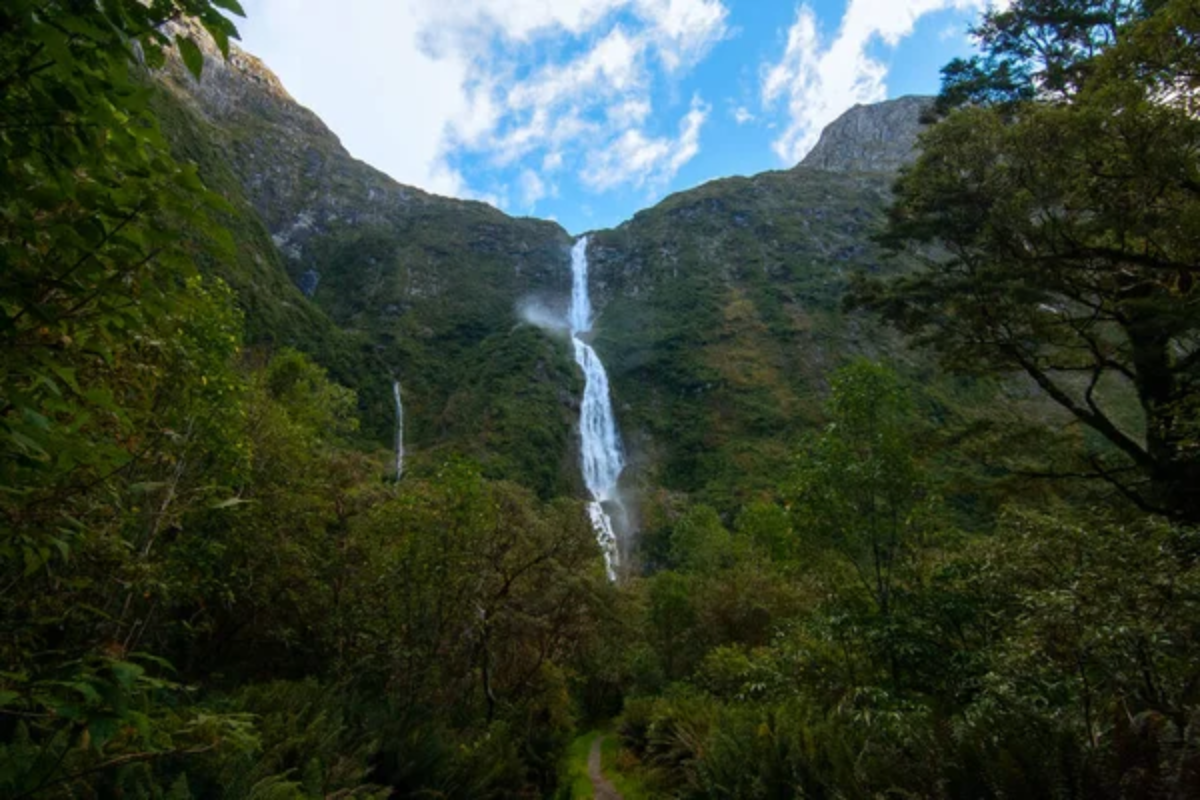
Located on the famous Milford Track, this 1,904-foot waterfall ranks among the world’s tallest and requires a multi-day trek through Fiordland National Park to reach. The challenging 33-mile track passes through diverse ecosystems, from beech forests to alpine passes, before reaching the falls.
Guided walks or independent tramping both provide access, though booking is essential due to strict visitor limits. The falls flow year-round, though spring and early summer provide the most dramatic displays against the backdrop of snow-capped peaks.
Tugela Falls, South Africa (Africa)

The world’s second-tallest waterfall plunges 3,110 feet down the Amphitheatre cliff face in the Drakensberg Mountains, accessible via challenging day hikes or multi-day treks. The chain ladder route provides the most direct access, though it requires good fitness and head for heights.
Alternative routes through Royal Natal National Park offer easier approaches with spectacular views of the entire Amphitheatre formation. The falls flow most impressively during summer rainfall, though the stark beauty of the cliff face remains striking even during dry periods.
Like Travel Pug’s content? Follow us on MSN.
Where Water Meets Wonder
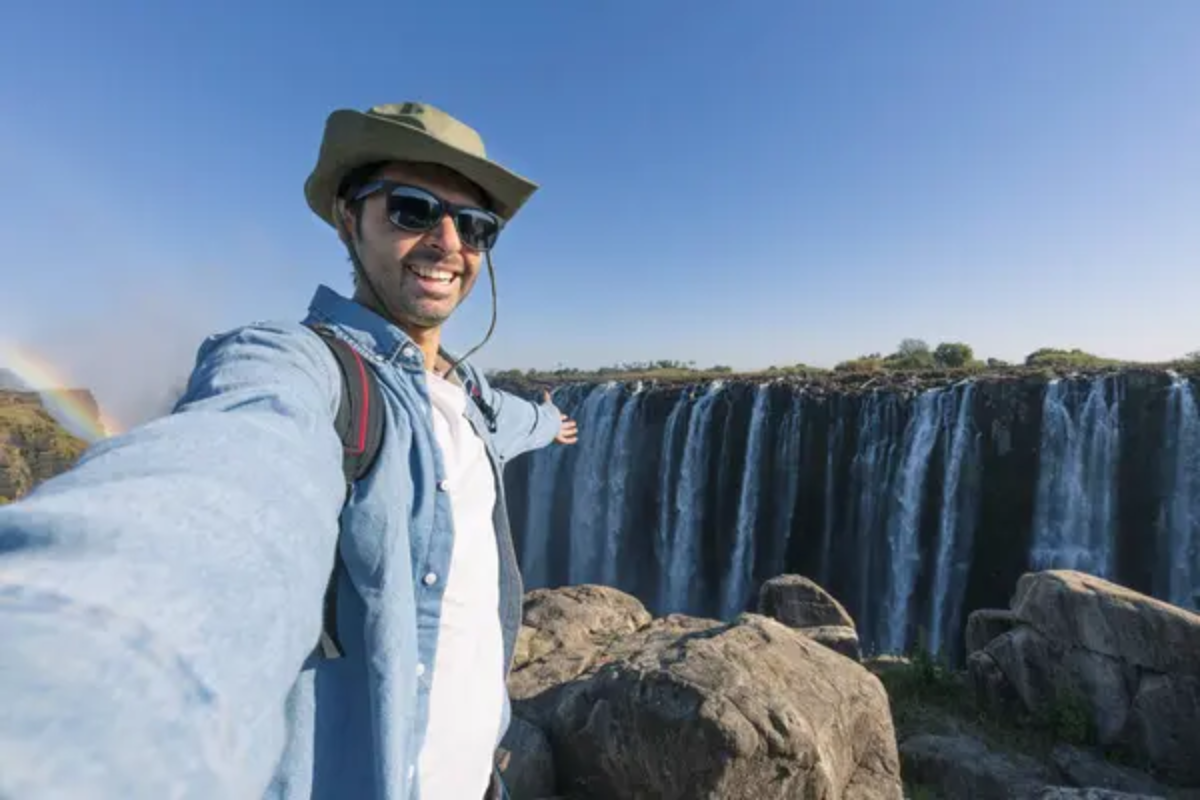
These waterfall hikes demonstrate that some of Earth’s most spectacular displays require effort to reach and appreciate fully. Each cascade tells a geological story millions of years in the making, while providing the immediate reward of natural beauty that photographs can only hint at.
The sound of falling water, the cool mist on your face, and the satisfaction of reaching these remote locations create memories that last long after the hike ends and the boots are hung up for another adventure.
More from Travel Pug

- 20 Best Beach Towns in the Carolinas
- 13 Destinations Where Tourists Regularly Regret Their Trip
- 20 Destinations That Are More Magical Without an Itinerary
- 20 Underrated Adventures That Belong on Your Travel List
- 20 Cities Where You Should Just Wing It, No Planning Required
Like Travel Pug’s content? Follow us on MSN.
